India’s Sacred Enigmas: India has always been a land of incredible faith and profound devotion, where the mystical often intertwines with the everyday. While modern science has managed to demystify countless natural phenomena, there are still some holy places that remain a mystery. These are not just culturally mythical sites; they are locations with strange, unexplained phenomena that challenge even the most rational minds, making us wonder if something truly divine is at play.
Here are eight such extraordinary places in India where the line between science and faith seems to disappear.
1. Shani Shingnapur, Maharashtra: The Doorless Village
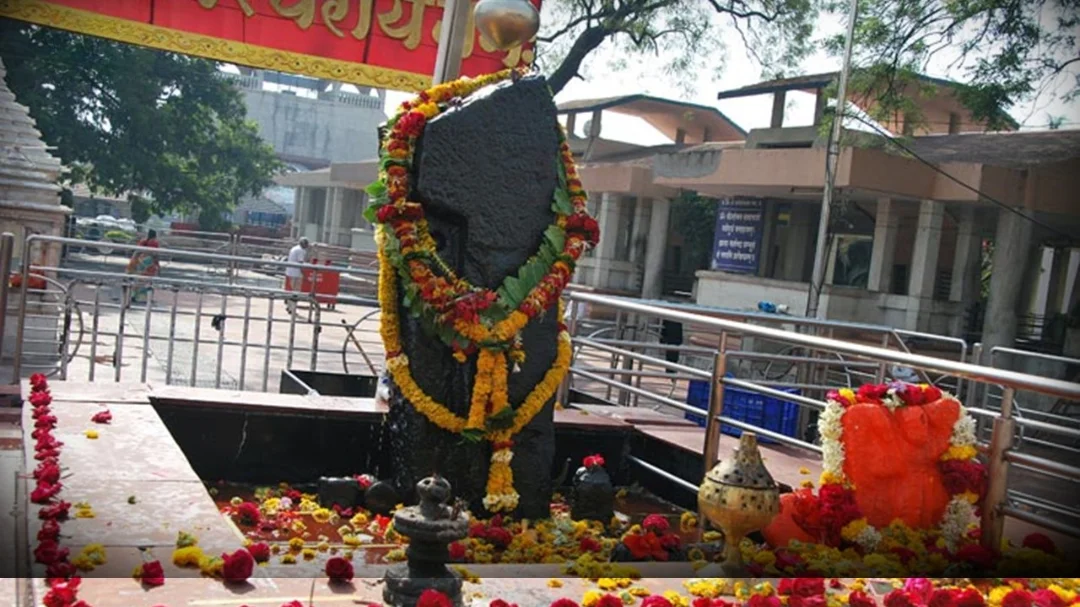
In the heart of Maharashtra lies the unique village of Shani Shingnapur, where houses, shops, and even the local bank operate without doors or locks. The villagers live in complete faith that they are under the constant protection of Lord Shani, the presiding deity of the village.
The absence of crime here is remarkable, leading social scientists and psychologists to study the phenomenon, but with no conclusive answer. The collective belief in a divine protector seems to have created a sense of trust and security that modern systems can’t replicate. Is it fear, faith, or simply an example of the power of collective consciousness?
2. Kuldhara, Rajasthan: The Cursed Deserted Village
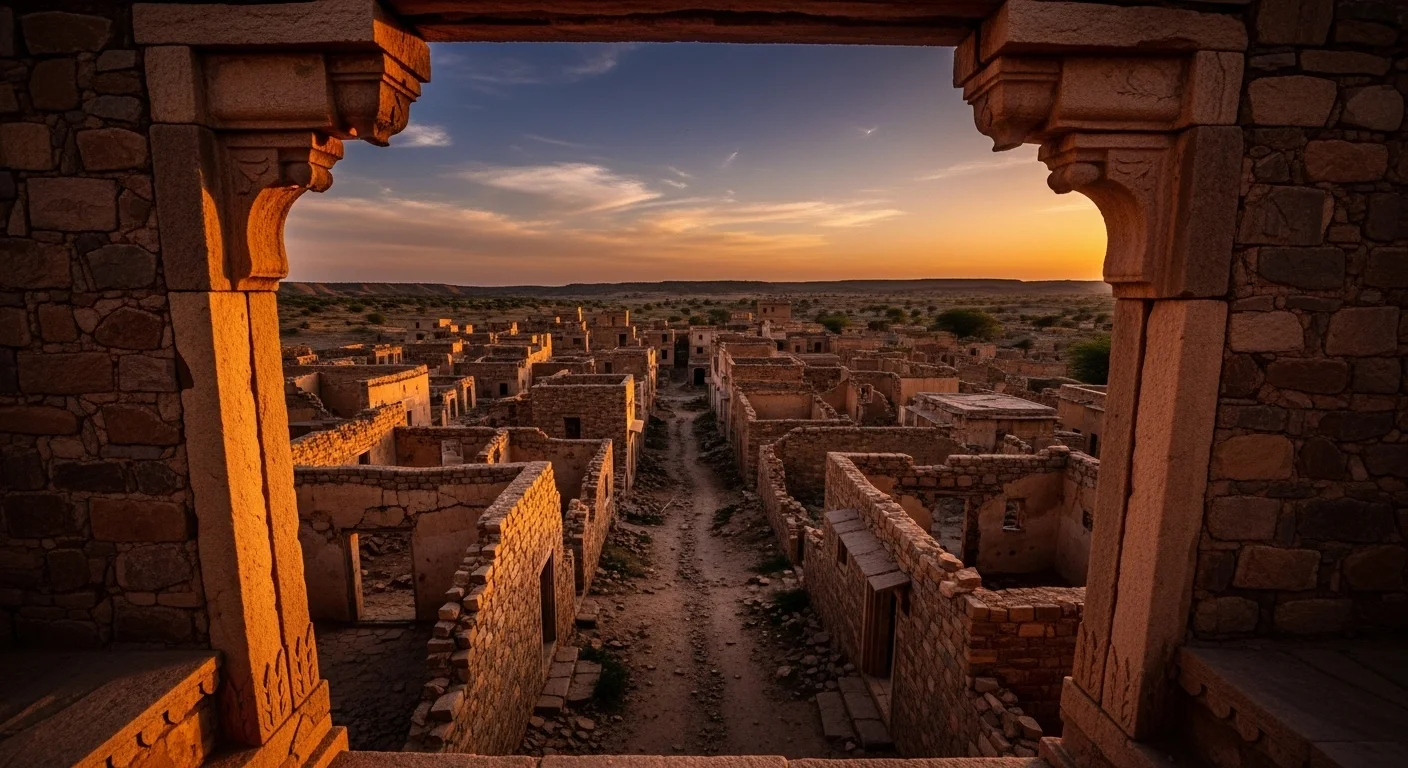
Just a stone’s throw from Jaisalmer is Kuldhara, a ghost town frozen in time. The entire village was abandoned overnight in the 19th century by the Paliwal Brahmins. Legend has it that a tyrannical ruler threatened the village, and before leaving, the Brahmins cursed the land to be uninhabitable forever. To this day, every attempt to repopulate the village has failed.
Paranormal investigators and researchers have noted strange energies and unexplained forces, but the mystery remains. It’s a haunting example of how a centuries-old curse continues to defy modern logic and the passage of time.
3. Kamakhya Temple, Assam: The Menstruating Goddess
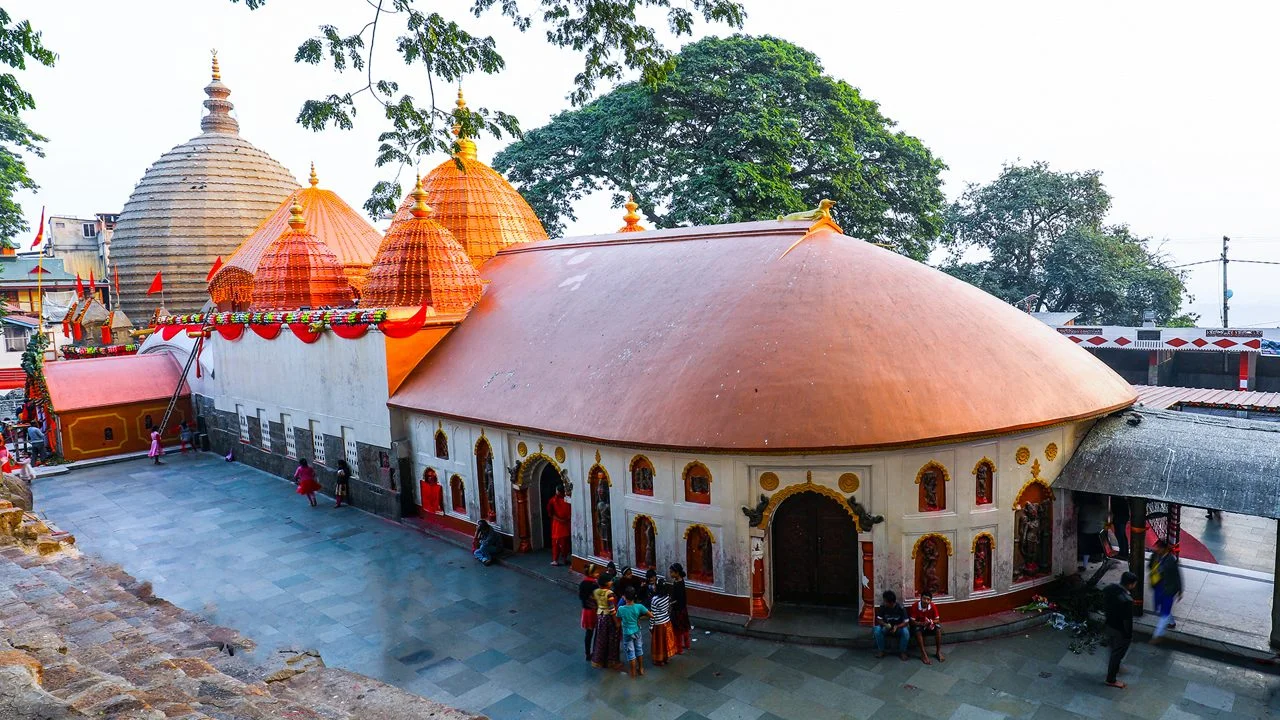
Perched on the Nilachal Hill in Guwahati, the Kamakhya Devi Temple is one of India’s most powerful Shakti Peethas. The temple is unique for celebrating the menstruation cycle of the Goddess Kamakhya. During the annual Ambubachi Mela, the temple’s sanctum is closed as the goddess is believed to undergo her cycle.
The unexplained part? A red fluid is said to appear on the cloth covering the idol during this time. While geologists have theorized about subterranean mineral deposits, no definitive scientific explanation has ever been found, leaving the faithful to believe it’s a profound manifestation of feminine power and creation.
Must Read: Maa Kamakhya Devi Temple: Your Complete Guide to this Holy Shakti Peeth
4. Roopkund Lake, Uttarakhand: The Skeleton Lake
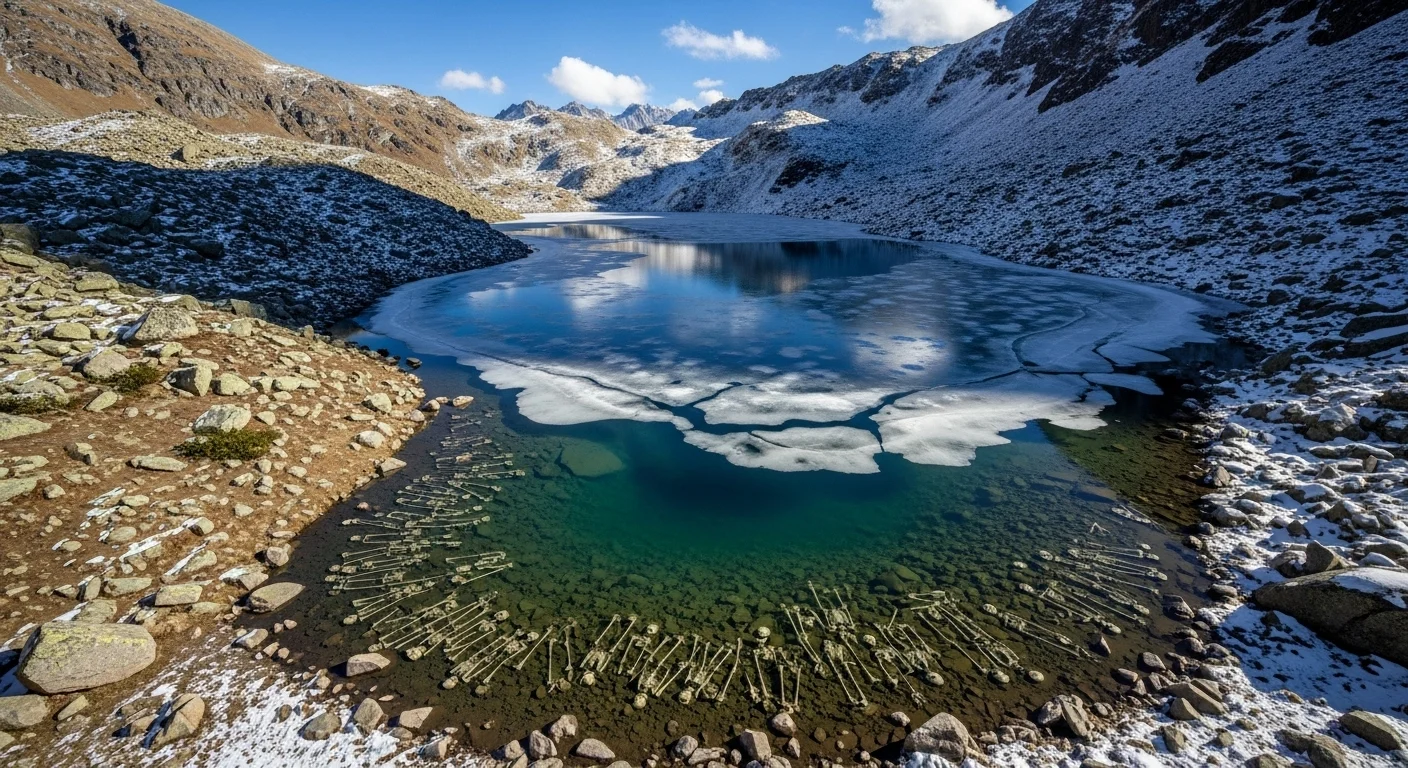
Roopkund Lake is a high-altitude glacial lake infamous for a macabre secret it holds. Each year, as the ice melts, the skeletal remains of hundreds of humans from centuries past are revealed. Scientific studies have dated the skeletons to different time periods and concluded they died from severe hailstorms.
Yet, the sheer number of remains, their perfect state of preservation, and the mystery surrounding how such a large group met the same fate at such a remote, high-altitude location continue to baffle researchers. Locals, however, believe it to be the wrath of the goddess Nanda Devi on a disrespectful royal entourage.
5. Brahma Temple, Pushkar: The Only One
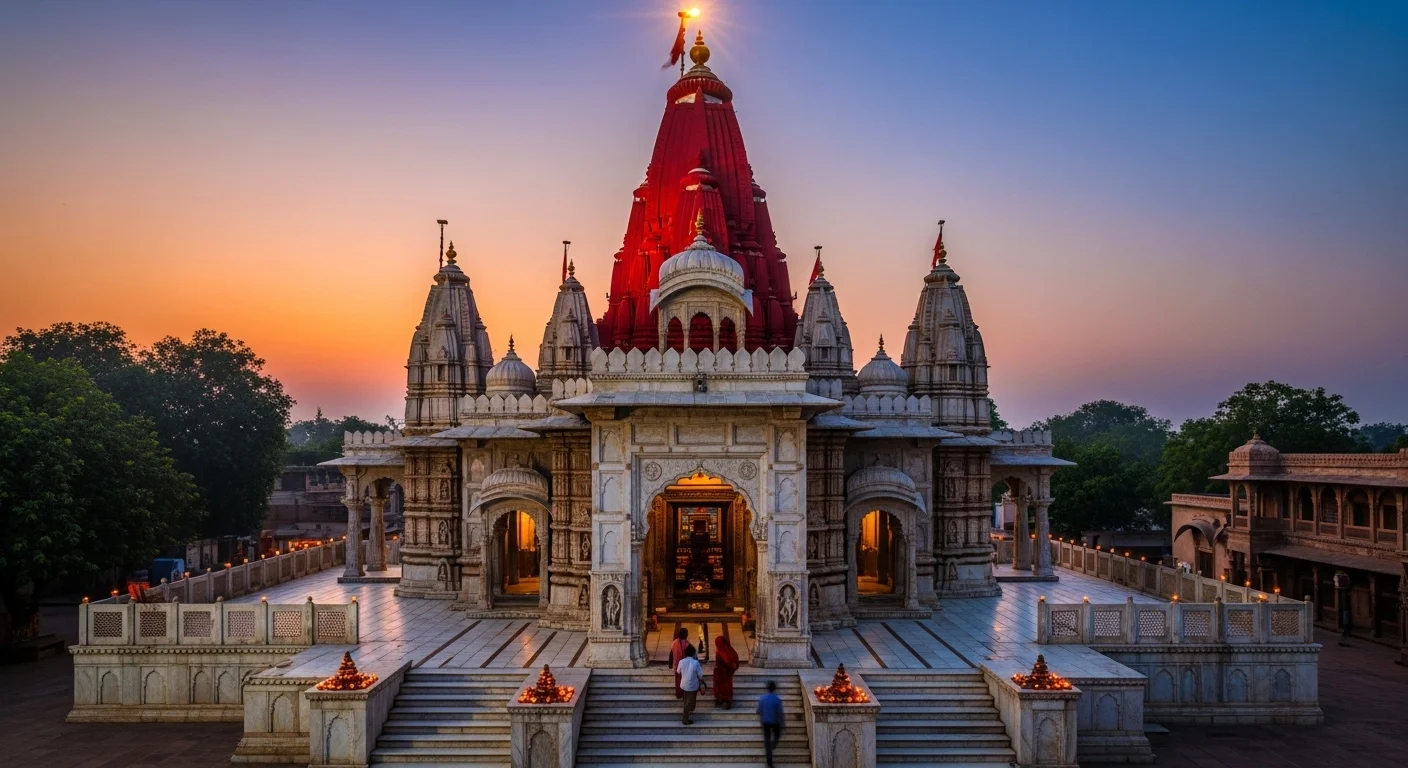
Pushkar is home to one of the most unusual holy places in India: the only temple on Earth dedicated to Lord Brahma, the creator god of Hinduism. Despite being a part of the Trimurti, Brahma is rarely worshipped, a mystery that has perplexed spiritual historians for centuries. Legend holds that Brahma was cursed by his consort, Saraswati, for being late to a ritual. The existence of this single temple in Pushkar serves as a fascinating paradox that ties together theology, mythology, and the human tradition of faith.
Must Read: Pushkar Travel Guide: A Town of 500-Sacred Temples & Vibrant Culture That Will Captivate Your Soul
6. Jwala Ji, Himachal Pradesh: The Eternal Flame
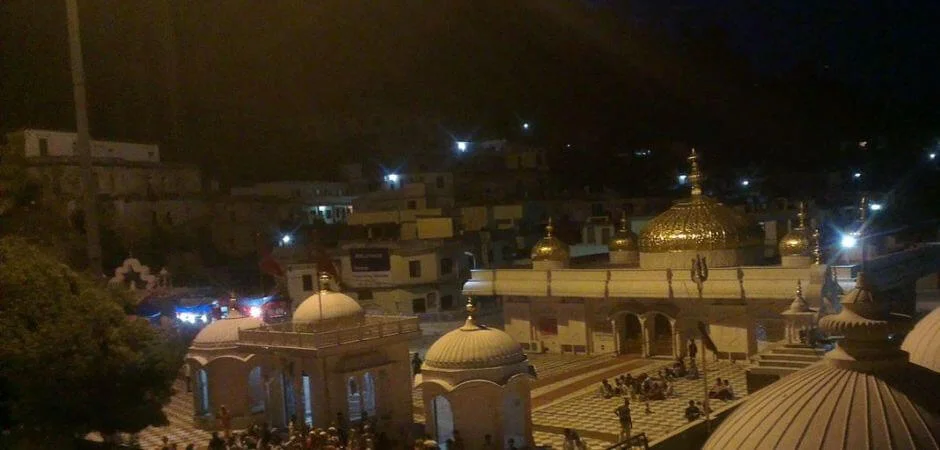
In the serene mountains of Himachal Pradesh lies Jwala Ji, a temple with no idol. Instead, devotees worship nine eternal flames that have been burning for centuries from cracks in the rock. The divine explanation is that these flames are the manifestation of the goddess Jwala Devi.
The scientific explanation is that the flames are fueled by natural gas seeping from underground. However, multiple attempts by scientists, and even historical figures like Mughal Emperor Akbar, to extinguish the flames have failed, strengthening the belief that the fire is truly a divine phenomenon, not just a natural one.
7. The Hanging Pillar of Lepakshi, Andhra Pradesh
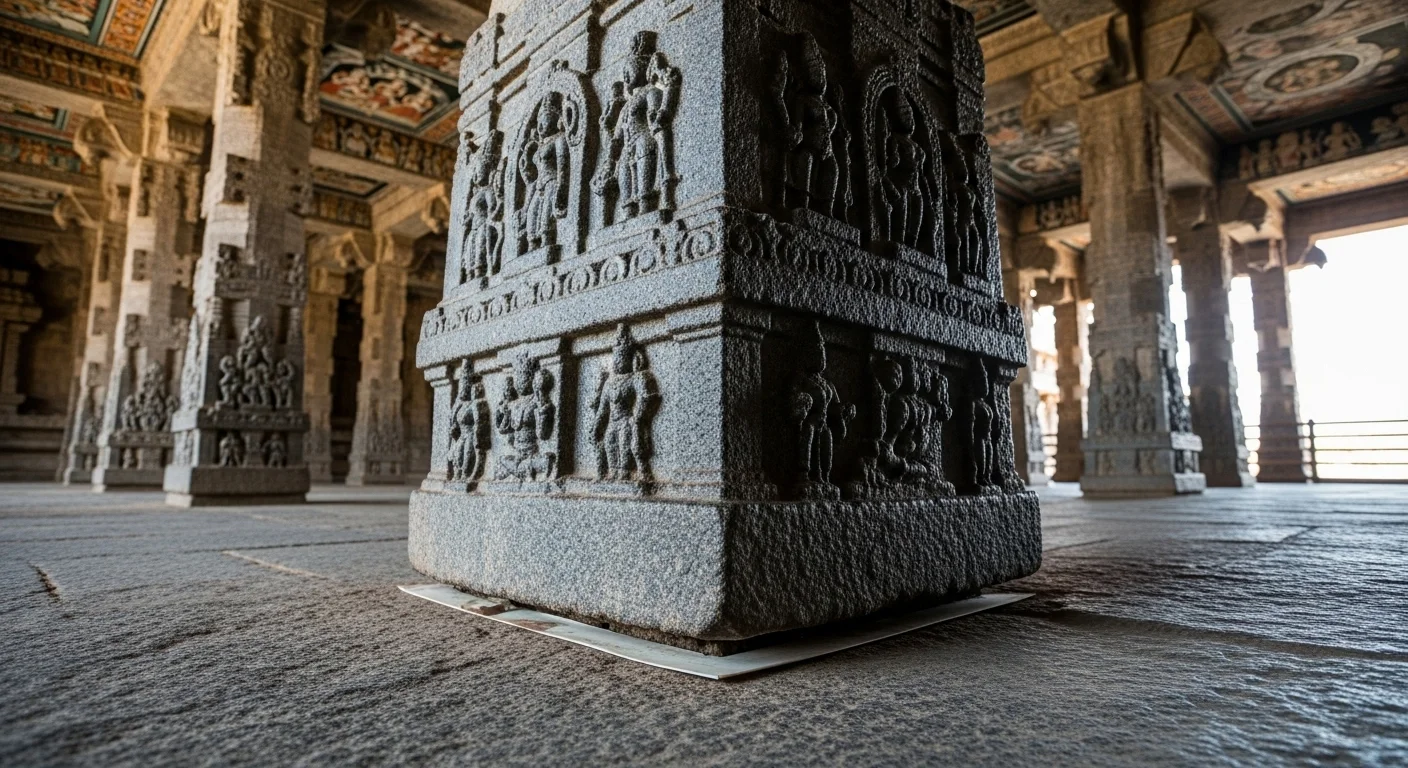
The Veerabhadra Temple in Lepakshi is a 16th-century architectural marvel, but it’s the “Hanging Pillar” that truly captures the imagination. One of the seventy pillars in the main hall of the temple hangs in the air, with a small gap between its base and the floor. The pillar doesn’t bear any weight and is a testament to the advanced engineering of ancient India.
A British engineer, in a futile attempt to understand the phenomenon, dislodged the pillar slightly in the colonial era, a fact locals claim is the reason it is now slightly askew. Today, the unexplained mystery of the pillar continues to draw visitors who pass a piece of cloth underneath it to test its miraculous nature.
8. Kailasa Temple, Ellora: The Temple Carved from a Single Rock

The Kailasa Temple at the Ellora Caves is a colossal divine masterpiece, but its origin is one of the greatest unsolved mysteries of ancient India. This temple wasn’t built from the ground up—it was carved from a single, massive basalt rock. Artisans began carving from the top of a hill and worked their way down, removing an estimated 200,000 tons of rock with seemingly simple tools.
The sheer scale and precision of this monolithic structure defy modern engineering logic. The science behind its construction remains a subject of intense debate, leading many to believe it was an impossible feat achieved through sheer faith and divine inspiration.
Why These Places Matter
These incredible locations are more than just tourist spots; they are a journey into India’s spiritual soul. They serve as a powerful reminder that while science offers data and reason, faith often provides meaning and comfort. The silence of Kuldhara, the vibrant flames of Jwala Ji, and the geological, sociological, environmental or architectural brilliance of Lepakshi and Kailasa Temple all whisper tales of a rich past where the divine was, and maybe still is, a living, breathing reality.
Why Science Doesn’t Always Have the Final Word
In a world of data and reason, these places are reminders that there really is a lot about the human experience that can not be encompassed in science. They compel us to explore not just geography, but belief, myth, and, dare I say, collective consciousness. Science seeks answers, and faith offers meaning, and India, for what it is, is a beautiful combination of both.
Conclusion
India’s spiritual geography is dotted with places that challenge conventional understanding. These eight mysterious destinations continue to intrigue scientists and inspire devotees. Whether you’re a rationalist, a believer, or a seeker of truth, visiting these sites will leave you transformed. In a land where the mystical is woven into everyday life, these are not just places – they are experiences, whispers of the divine that neither microscope nor telescope can capture.







